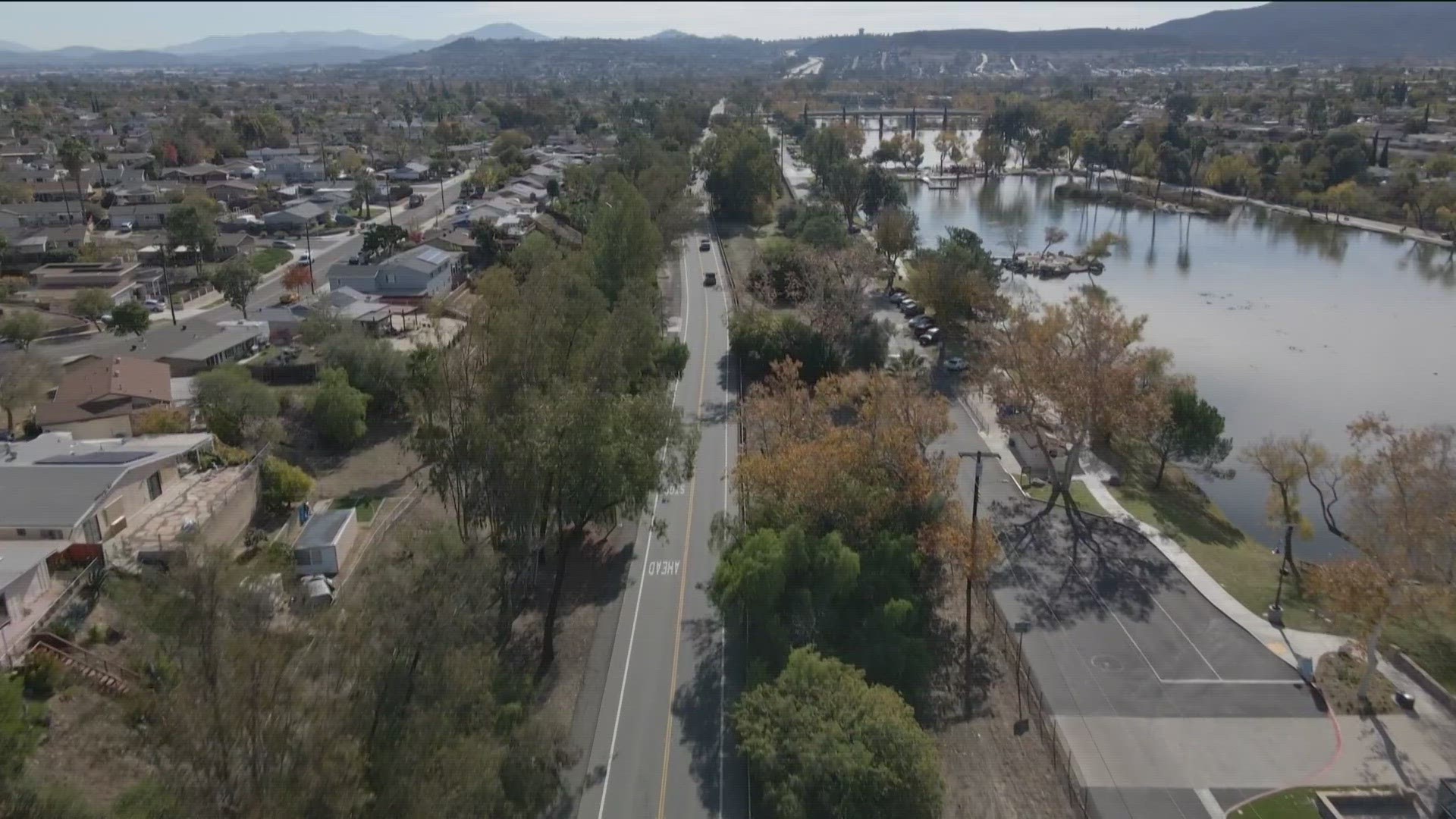SAN DIEGO (CNS) - A Scripps Institution of Oceanography climate scientist and a fellow researcher announced Monday they have developed a way to accurately measure global warming and can tell the difference between naturally occurring and human-caused warming.
The team simulated in a computer model, for the first time, the realistic evolution of global mean surface temperature since 1900, according to a statement released by the University of California, San Diego.
The researchers also created a new method by which they can measure and monitor the pace of anthropogenic global warming, finding that the contribution of human activities to warming in the surface waters of the Pacific Ocean can be distinguished from natural variability.
Former Scripps researcher Yu Kosaka, now at the University of Tokyo, and Shang-Ping Xie, the Roger Revelle Chair in Environmental Science at Scripps, created the simulation by forcing sea surface temperature over the tropical Pacific to follow the observed variability.
"The climate system includes naturally occurring cycles that complicate the measurement of global warming due to the anthropogenic increase in atmospheric greenhouse gases," Xie said. "We can isolate the anthropogenic warming by removing the internally generated natural variability."
Climate policymakers have sought to limit the rise of global temperatures to 2 degrees Celsius above pre-industrial levels. That figure is considered a threshold beyond which society and natural systems are virtually assured of experiencing significant and dangerous instability.
Scientists have estimated that the planet is already roughly 1 degree Celsius warmer at the surface than before the Industrial Revolution.
The 2 degrees target was reaffirmed during the 2015 Conference of the Parties, known as COP21, that was held in Paris last December. Kosaka and Xie's research could provide an easily generated and more accurate means to measure society's success in keeping temperatures below that threshold, according to UCSD.
The National Science Foundation and NOAA supported Xie's contribution to the research. The Japanese Ministry of Education, Culture, Sports, Science and Technology supported Kosaka's.



